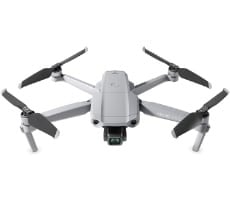Rise Of The Tomb Raider PC Gameplay And Performance: A Graphics Stunner
Rise of the Tomb Raider has hit the PC lining it up in our gun sights for graphics, gameplay and performance analysis. The game launched on the Xbox family of consoles a few months back and has since been ported to PC thanks to NIXXES Software. It’s a competent console to PC port updated with many graphics settings and effects to tweak and dial to your particular tastes and system capabilities. Some of the rendering and effects features include, Ambient Occlusion, Depth of Field, Dynamic Foliage, Bloom shader effects, Tessellation and several more. But before we get ahead of ourselves, let's give you some backdrop on the Tomb Raider series.
The system-stressing nature of the previous game made it a popular benchmark among PC enthusiasts and only recently had it began showing its age with more capable current generation GPUs from AMD and NVIDIA. The engine used TressFx, an AMD software library used for lifelike rendering—primarily and most notably seen in the detailed physics and rendering of Lara’s hair. Shifting gears a bit with the current game, the developers have paved their own way—again working with AMD, but this time to create the "PureHair" rendering method from AMD’s TressFx 3.0 engine. The result is a more evenly balanced performance between AMD and NVIDIA-based graphics cards, where TressFx on the previous game favored AMD hardware.









